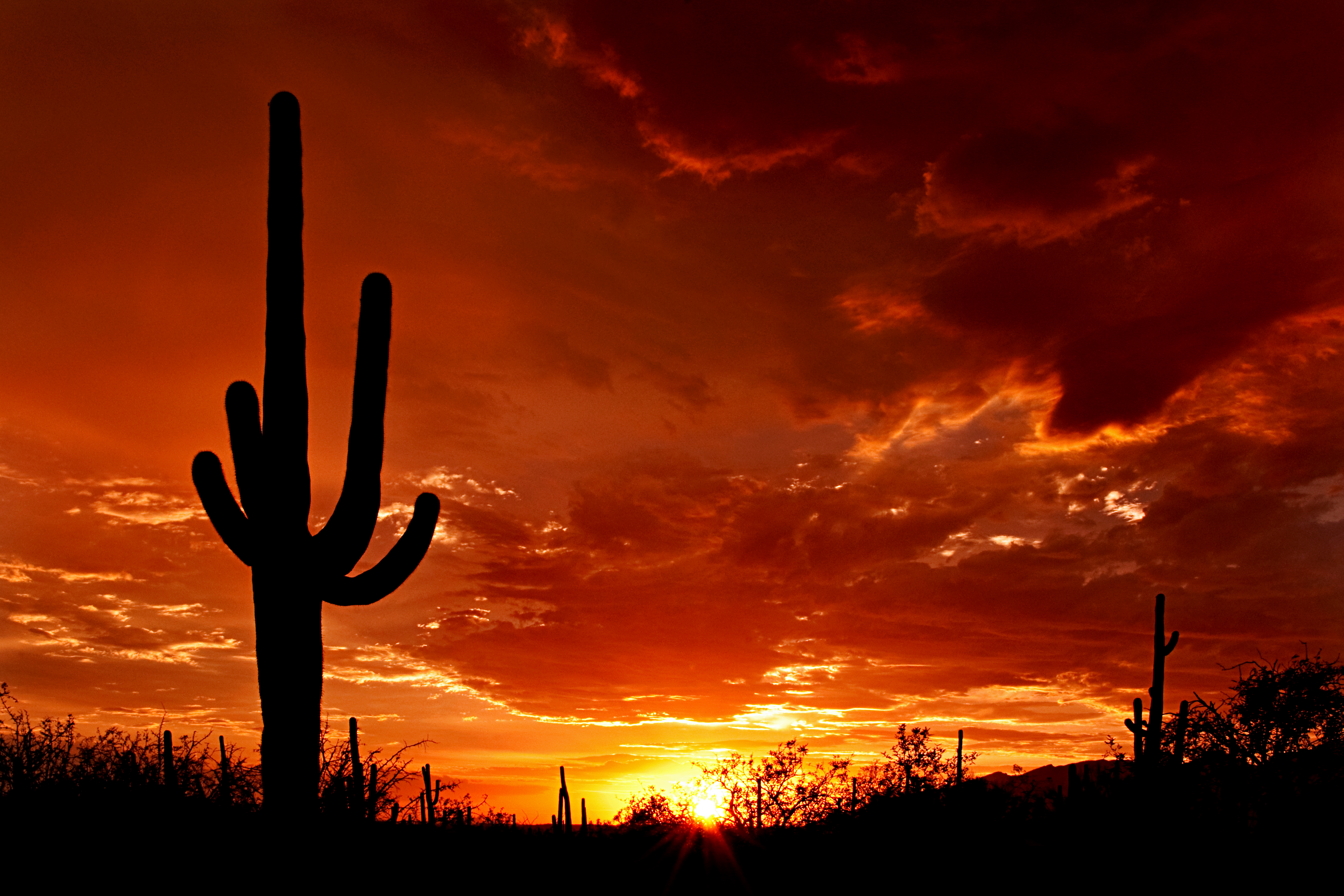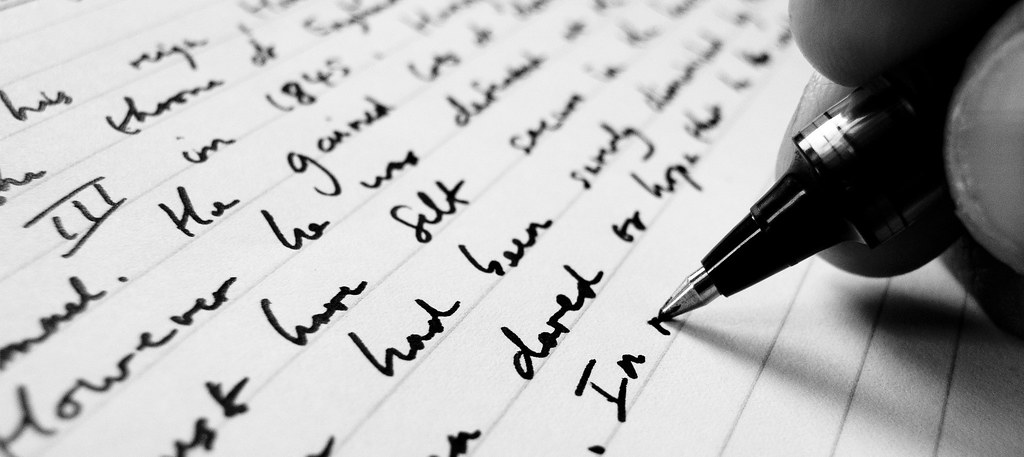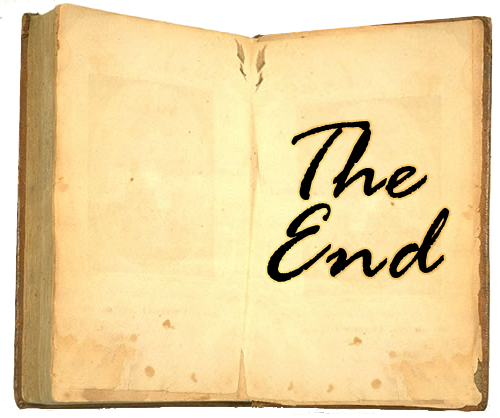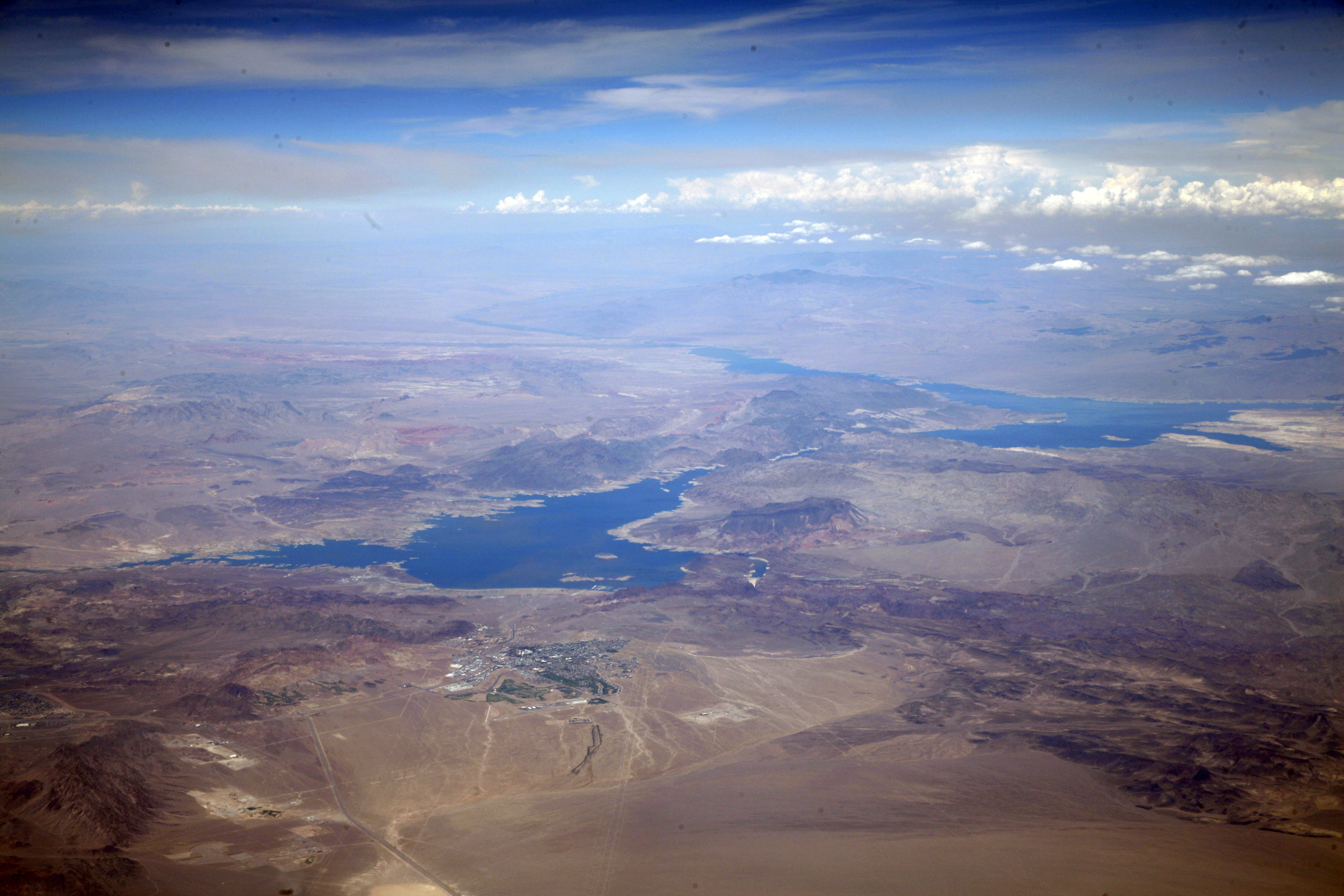I'm beginning to examine the text of my article
"It's not just a 'California drought'" by
Cynthia Barnett on a closer level. Here, I consider the ethos, pathos,
and logos strategies Barnett uses to convince her audience that something must
be done about this nationwide drought/water shortage crisis.
ETHOS (appeal to credibility/character)
Barnett quotes several hydrology and
environmental professors at different universities, displaying reference to
credible sources. These quotes support her argument, and bring validity
to her claims. Some quotes are well crafted and explain an issue succinctly
and effectively such as Kelly Redmond's quote, "It is so difficult to get
across this connection between the water that comes out of your tap and how
nature provides that water." This quote captures the attitude of
most of the American public, and gives an explanation for the country's
passivity towards the water crisis.
Her word choice and tone establishes her
character clearly. It is obvious she is passionate about her cause, and
that she is knowledgeable in the topic. She paints images of drought, and
shows clear frustration for government action that doesn't keep water scarcity
in mind, and the water laws in practice. She also shows dissatisfaction
for the nation's attitude towards water, and how slow the public and
agriculture sector are to grasp the consequences of their actions, stating,
"It took apocalyptic language and cracked-earth images of modern CA
drought to break the power of the agricultural lobby." The word
"apocalyptic" is especially charged.
However, there are no hyperlinks in this article
that could support some of the facts that she's saying. I know personally
from my environmental science class that it is in fact true new regulations
kick in when Lake Mead reaches a depth of 1075 feet, but before I took that
class I would have had no idea if she was right or not, I would just have to
trust her. It is good to keep in mind that the LA Times is
mainly a print source, and this article might have been written for print
media, and then transferred to the internet without alternation.
Additionally, Barnett doesn't give much of
acknowledgement to the opposition. The most she does is talk about how
moving agriculture to the east is not a long term solution. She doesn't
acknowledge issues such as what type of water regulations should be written or
enforced, or how state governments could work together to deal with this
interstate issue. She includes no direct refutation or even explanation
of an opposing point.
This is probably because Barnett assumes that
her readers are somewhat informed on the issue, and are open to hearing and
believing her arguments. It would make her article more thorough and
credible if she were to include some of the opposition's points, but overall
the article seems mostly credible.
PATHOS (appeal to
emotion)
Barnett uses more pathos appeals that ethos,
including compelling narratives, repetition of key words, shocking statistics,
and images. She tells a narrative of the tourists who photographed Lake
Mead without understanding the gravity of what they were seeing, and explains
how agriculture issues in the west affect all of America with a storytelling
feel. The narrative of how she describes drought creeping in also gives
the issue a spooky feel. Barnett often repeats the words "shortage"
and "crisis" to emphasize the seriousness of the issue. Her
statistics of how much Lake Mead has shrunk, as well as other water sources are
definitely shocking. She paints many images of drought and its
consequences through descriptive language so the reader can better understand
the problem.
Barnett is attempting to create a level of fear
in the readers. She wants to push the fact that water can indeed run out,
and that we don't have an endless supply. This is obviously a scary
concept, and fear is an effective way to make a story or issue memorable and
important. Fear engages the reader. But Barnett also gives hope,
because fear alone might discourage everyone and give the idea that we're all
doomed. Barnett wants to see a change in ways, so she instills a bit of
hope at the end to motivate the reader. She also invokes a sense of
responsibility in the reader; Barnett emphasizes this issue affects everyone,
and everyone contributes.
Personally, I found her arguments effective.
I'm trying to keep in mind my bias towards Barnett, but I do think that
she effectively captured main ideas and persuasive arguments through her use of
appeal to emotion. The way she personified drought and almost painted it
as a villain-like figure was very effective for me. It got the message
across, because I could imagine some dark force sweeping over the land, which
is a way I had never thought of the water shortage issue before.
The main thing I found that didn't make her
argument effective was that the article also made me feel sort of guilty about
my own water usage. I'm not sure if that was the intent or not.
While the readers should be aware of how much water they themselves are
consuming, making someone feel guilty isn't usually a productive way of going
about trying to solve an issue. That could make some readers defensive,
and therefore less sympathetic to the cause.
LOGOS (appeal to logic)
Barnett's appeals to logic are the most frequent
type of argument, and some of the most effective. She uses historical
records, statistics, interviews with experts, and good organization.
Barnett talks about the recent history of the Great Basin states, and how
drought has affected the areas, and in doing so she provides some statistics,
such as the fact that Lake Mead is at 1080 feet, which is the lowest it's ever
been.
The interviews with outside sources and the use
of quotes really helps Barnett build her case. In addition to
establishing credibility, these quotes lay out the argument in a very rational
way. She proves with statistics that water tables are falling, and then
an outside source will explain the consequences, or reinforce an idea.
The progression and organization is such that the reader can first
understand what drought itself is, and then the effects on our society and
lifestyles, which connects the article to everyday lives.
Here, Barnett is seeking to set up a logical
sequence of events, showing the cause and effects of our current water usage.
The cause is overextraction because of current common municipal and
agricultural habits, because people don't understand the scarcity of water.
The direct effect is falling water tables. That then leads to water
shortage. If shortage gets bad enough, this can start affecting how many
farmers will be able to continue producing the food they do. That then
leads to potential drops in food supply as it becomes more and more expensive
and dangerous to keep pumping up groundwater. This drop in food supply
will increase food prices, and everyone will be affected.
I liked this sequence of events, because it was
easy to follow and made a compelling argument. There were some tangents
that weren't as convincing, or didn't make enough sense, but on the whole,
laying out a timeline of what has happened and then therefore what will happen
was very clear and reasonable. Her intent with this tactic was to show
how this issue is important, and how drought will affect everyone in the US.
The only part that wasn't very effective for
this audience was that Barnett gave no advice or instruction on how to lower
water usage. She didn't specify how common people who read the LA
Times and became concerned about their own water consumption could do
anything to reduce their impact. And while it's good raise attention
about how the agriculture sphere uses tremendous amounts of water, Barnett
didn't mention how people outside that sphere could help with the issue.
She could have taken her argument one step further in her chain of logic
and employ more of a call to action.
REFLECTION
Looking at Jon and Allison's analyses, I found that mine was much longer. They both seemed to answer the questions in the instructions for the blog post, but didn't elaborate specifically on those arguments. It's often the case that I am writing lengthier blog posts than my peers, for better or worse.
Both of Jon and Allison's articles seemed to lack in logic appeals, which I found interesting, because with my piece, logic appeals were some of the strongest strategies in my article. Part of that might have to do with the subject of the articles. Since mine was a science issue, it makes sense that facts, statistics, and reasonable chains of logic would be present. Jon's article was an interview, so that also makes sense that the interviewed person would draw on emotion, since interviews are inherently more personal.





















